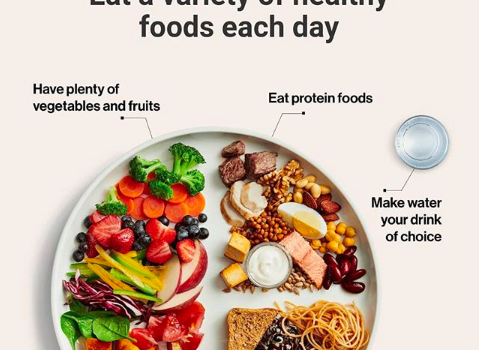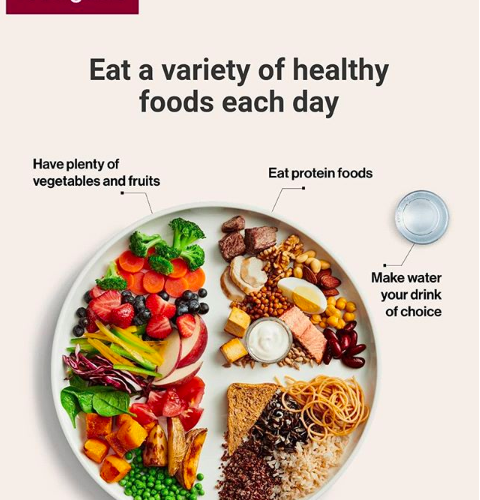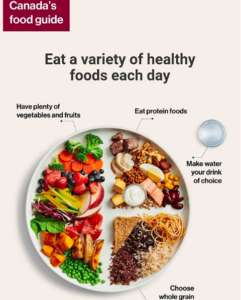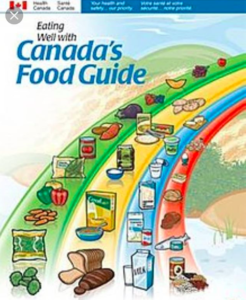

Food guide mooooves toward eliminating dairy
CanadaHealthLifestyleNewsToronto Jan 24, 2019 Daniela Ramirez



Canada Food Guide (2019) Canada Food Guide (2007)
Canada’s new food guide makes a bold move as it eliminates dairy food group.
The new food guide was released Tuesday by Health Minister Ginette Petitpas Taylor at a market in Montreal. The new food guide serves as a suggested guideline on what to eat, what not to eat, and the importance of home-cooked meals for all Canadians as a way to promote healthy living.
“Canadians deserve an easy simple source of advice they know they can trust,” she said during the unveiling.
The previous food guide, which has not been updated since 2007, recommends the four main food groups which are vegetables and fruit, grains, milk and alternative, and meat and alternatives, and their respected serving size for each of the groups.
It may have come as a surprise to Canadians that dairy and dairy by-products were deleted.
Previously, Health Canada suggested two to four servings of dairy per day with the old food guide.
Gillian Ferrier, a Toronto-based Nutrition Consultant, says she is surprised and relieved by the new food guide.
“What strikes me most is…sound expectations and recommendations for a healthy lifestyle. The last version was released in 2007… and the idea that we need dairy to have a well-rounded diet and nutritional intake is outdated, “says Ferrier.
“I now feel comfortable suggesting the food guide to my clients, something I wasn’t able to do before.”
According to a 2014 study in the “American Journal of Clinical Nutrition” dairy has been linked to prostate cancer and is also associated with increased risks of lung, breast and ovarian cancer.
In recent years the results of this study, and many more, have been a rising concern, with the effects of dairy in everyday diet. Another main concern is how to incorporate a dairy-free diet while still getting the main health benefits, such as calcium and protein, from other food sources.
What began as a trend, with more and more people introducing a dairy-free diet, has turned into a lifestyle adjustment.
“It’s silly to think that we can only get our vitamins from those four food groups that were previously suggested… for example, we don’t need calcium from milk, we can get it from broccoli, sesame seeds and many other foods,” says Ferrier.
Just as dairy-free diets have become popular, so have many dairy alternatives. Some of the most popular ones are almond milk, soy milk, coconut milk, and cashew based cheeses. The possibilities available today, makes maintaining a dairy free or vegan diet much easier.
When Toronto citizen Jane Caruana first became vegan it was difficult for her to figure out nutritious alternative and just like many Canadians, the 22-year old vegan is also impressed with Canada’s new food guide.
“The best part is how much room it leaves for interpretation and puts more emphasis on vegetables and fruits… it makes you feel like you’re not missing out,” says Caruana.
Aside from the suggested foods, the new food guide also goes as far as to suggesting eating local foods, cooking at home more, adjusting negative eating habits, budget meal planning for all age groups, and even has environmentally friendly tips when grocery shopping.
Health Canada says the food guide will be taught in schools and promoted by health professionals in efforts to encourage a healthier lifestyle.
